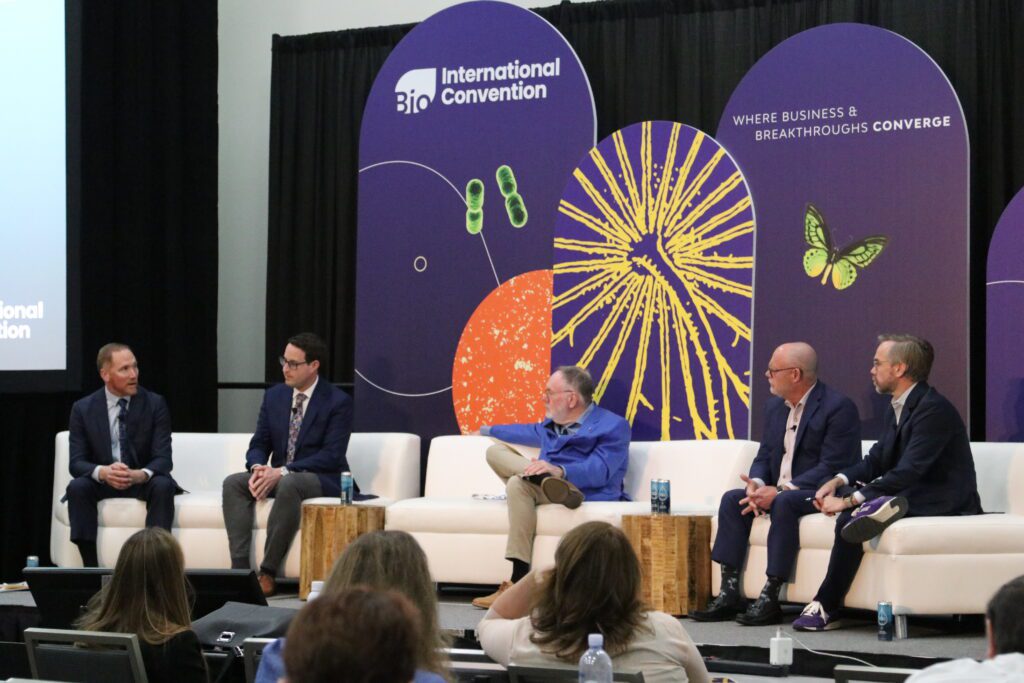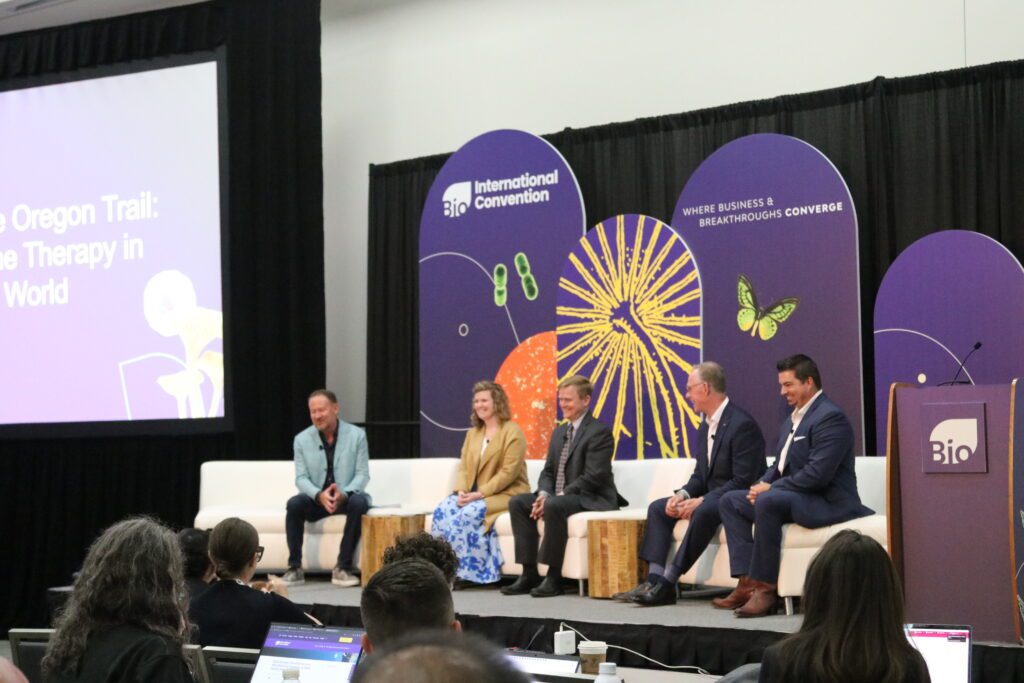Gene therapy is poised to break the stratosphere, providing many rare disease patients with an option out of their diseases. Whether innovations in CAR T-cell therapy or the rise of CRISPR, never before have patients had such a variety of therapeutic options becoming available.
And the future is here. Just last December, the U.S. Food and Drug Administration (FDA) approved the first two cell-based gene therapies for the treatment of sickle cell disease (SCD) in patients 12 years and older—one of which utilizes CRISPR technology.
However, one glaring issue is blocking the path to success: who pays for the treatment?
“We’re trying to administer 21st-century medicines within a 20th-century payment model,” said Jay Newman, SVP, Commercial Development, Pricing & Reimbursement Spark Therapeutics, Inc., a Biotechnology Innovation Organization (BIO) member. He spoke during a 2024 BIO International Convention panel, “A Perspective from the Trenches: Challenges of Budgeting for Gene Therapies, Innovative Payment Systems That Work for Medicaid Departments and Patients, and What the States Need from CMS.”

His frustrations and concerns were echoed throughout Day 1 of the annual event, which saw caregivers, patients, hospitals, policy wonks, manufacturers, and C-suite innovators discuss the potential of gene therapy, as well as access issues.
A patient’s experience with gene therapy
Michelle Campbell, the mother of a daughter with beta thalassemia, provided the patient perspective during another panel, “Lessons from the Oregon Trail: Pioneering Gene Therapy in the Real World.”
“For the first four years we had Shelby, her beta thalassemia was the easiest part of her care,” she said. “We went to the hospital every three weeks, got a transfusion, and every night she took her medication until that medicine for chelation stopped working. And then we switched to a subcutaneous medicine that we administered at home every evening, but it wasn’t working as well as we had hoped. And we’re getting to the point that if her iron continued to increase, she maybe wouldn’t qualify for curative processes.”
The family then met with the right team at the Children’s Hospital of Philadelphia (CHOP) and discovered Shelby was able to participate in clinical trials for the recently FDA-approved ZYNTEGLO, developed by bluebird bio (another BIO member). This one-time gene therapy allowed Shelby to get better. Now, it is offering that same respite to patients with beta thalassemia across the U.S. However, its administration is the very indicator of why payment for these medicines has become such an issue, both for those with private insurance and those with Medicaid.
In short, curative, one-time therapies as medicines are both expensive and misunderstood.
“When we went to our insurance for coverage of Shelby’s gene therapy, they came back and said, We will approve this for one day because it’s a one-day treatment,” explained Campbell. “CHOP came back and explained to the insurance company, No, this is gonna take months; we’re not just approving one day.”
Luckily, Shelby and her family had CHOP to go to bat for them. “My understanding is the CHOP team and their lawyers went to the insurance company, sat down, had a conversation, and we signed a contract. Later, we got an email that said, Your contract’s been signed; we’re good to go.”
Let’s talk about value, not price
Panelists agreed we should be discussing the value of these drugs, rather than the cost. Extensive research into novel innovation coupled with the cost of manufacturing complex science can drive the cost of these drugs into the millions. But as many point out, the one-dose nature can result in the eradication of disease and, ultimately, can drive down the cost of care in the long term.
“As you think about value with a one-time curative therapy like gene therapy, you have to think about the holistic costs,” said Tom Klima, Chief Operating and Commercial Officer at bluebird bio, in an interview with Good Day BIO Live. “And when you think about price, you really have to tie that to thinking about an outcomes-based agreement.” This should be tied to “meaningful, clinical outcomes,” but also has to be “easy to implement.” bluebird bio tied the endpoint to the primary endpoint—transfusion independence—and offered a rebate if it didn’t work.
“One-time curative therapies are different than what has been historically approved,” he continued. “So, when you think about a patient who goes in every 2-5 weeks for red blood cell transfusions and suddenly they don’t have to go back to the hospital—completely transformative.”
Interview with Tom Klima, Chief Operating and Commercial Officer at bluebird bio
“One of the common misperceptions is that the cost of manufacturing is the driver behind the high cost of therapies,” he said during the panel. “And I just want to be clear that at bluebird bio, we take a very value-based approach where we look at the value of a therapy in a chronic condition that’s both devastating for patients, but also very costly to the system.”
“I think one other element we haven’t acknowledged yet,” said Scott McGoohan, JD, Executive Director, Policy and Alliance Development at Vertex Pharmaceuticals, “is that gene therapy treatments are not only about the reimbursement. It’s also about patient support. The clinical journey of cell and gene therapy creates new needs for patients. The limited distribution of most of these cell and gene therapies may necessitate travel out of state for patients and caregivers.”
What should state health plans do?
When it comes to state health plans, there must be a solution that can both cover the cost of these drugs without bankrupting patients—and that can also allow states to balance their budgets. Hospitals want that, states want that, and manufacturers want that.
“There’s a lot of appetite at the state for some sort of alternative payment arrangement, whether it is something based on value (which can be defined in more than one way), it can be based on outcomes, etc.,” said Stuart Portman, Executive Director, Division of Medical Assistance Plans for the State of Georgia. “But how you handle all those different situations requires changes to the rules of the road, if you will.”
So, if everyone wants to work out this problem, what’s the issue?
As Portman—who has worked on Medicaid policy on both the federal and state levels in a variety of roles—points out, federal government entities need to build in some consistency and guarantees when it comes to policy longevity around Medicaid policies for states.
“Everyone has to trust that the federal government won’t change its mind,” he said.
Now, panelists agreed, federal and state governments must work with industry to figure out the best next steps—a large but not insurmountable challenge today, to ensure access to the drugs of tomorrow.




